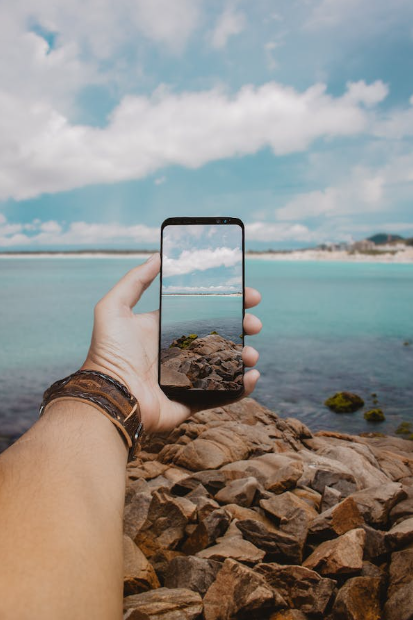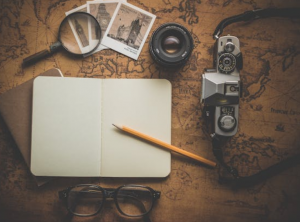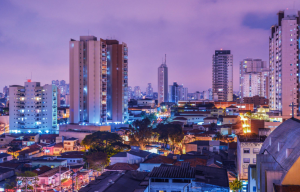Travel Videography 101: Shooting and Editing on Mobile

Introduction
In the age of digital storytelling, the popularity of travel videography has skyrocketed. With the rise of social media and video-sharing platforms, travelers now have the power to capture and share their adventures with the world. Mobile travel videography, in particular, has become a game-changer, allowing anyone with a smartphone to create visually stunning and immersive videos. In this article, we will dive into the world of mobile travel videography, exploring essential techniques, tips, and editing tools to help you master the art of travel videography on your mobile device.

1. Essential Gear for Mobile Travel Videography
Before embarking on your videography journey, it’s crucial to have the right gear. While you don’t need a professional camera, investing in accessories like stabilizers, tripods, and external microphones can significantly improve the quality of your videos.
2. Mastering Composition and Framing
Composition is key to capturing engaging video footage. Learn about different shot types, such as wide-angle, medium, and close-ups, and how to frame your subjects to create visually appealing and captivating videos.

3. Navigating Lighting and Exposure
Understanding lighting and exposure is essential for creating high-quality videos. Explore techniques to manage exposure in various lighting conditions, such as direct sunlight, golden hour, and low light settings.
4. Capturing Dynamic Footage on the Move
Travel videography often involves shooting while on the move. Discover how to maintain stability and shoot smooth footage while walking, hiking, or even on a moving vehicle.

5. Telling a Story through Cinematic Techniques
Great travel videos go beyond mere clips; they tell a compelling story. Learn how to create a narrative through storytelling techniques, such as capturing establishing shots, sequences, and transitions.
6. Recording Clear and Impactful Audio
Audio plays a crucial role in video storytelling. Explore methods for capturing clear and high-quality audio, including using external microphones and reducing background noise.

7. The Art of Time-Lapse and Slow Motion
Time-lapse and slow-motion techniques can add a touch of magic to your travel videos. Discover how to create captivating time-lapses and slow-motion shots that mesmerize your audience.
8. Editing Apps and Software for Mobile Videography
Editing is where the real magic of videography happens. Explore popular mobile apps and software that offer powerful editing tools to enhance your videos, add transitions, and apply filters.
9. Adding Music and Sound Effects
Choosing the right music and sound effects can evoke emotions and enhance the impact of your videos. Learn how to select the perfect soundtrack to complement your visuals.

10. Sharing Your Travel Videos
Once you’ve crafted your masterpiece, it’s time to share it with the world. Explore effective ways to share your travel videos on social media platforms and video-sharing websites to reach a broader audience.
Conclusion
Travel videography on mobile devices has opened up endless opportunities for travelers to express their creativity and share their experiences with others. By mastering essential techniques, using the right gear, and tapping into the power of editing, you can create captivating and cinematic travel videos that leave a lasting impression on your viewers.
FAQs
- Can I shoot professional-looking videos with just a smartphone?
- Absolutely! With the right techniques and gear, mobile devices can produce high-quality and professional-looking travel videos.
- Do I need to buy expensive editing software for mobile videography?
- No, there are many excellent and affordable editing apps available for mobile devices that offer powerful editing capabilities.
- What are some tips for capturing stable footage without a stabilizer?
- Keep your arms close to your body, walk slowly, and use two hands to hold your phone steady while shooting.
- How long should my travel videos be?
- Aim for a video length that keeps the audience engaged; shorter videos are often more effective for social media platforms.
- Can I use copyrighted music in my travel videos?
- It’s best to use royalty-free or licensed music to avoid copyright issues. Numerous websites offer royalty-free music libraries for use in videos.






